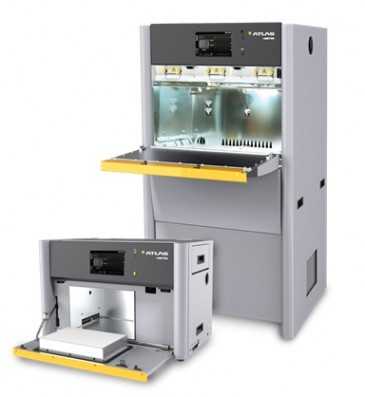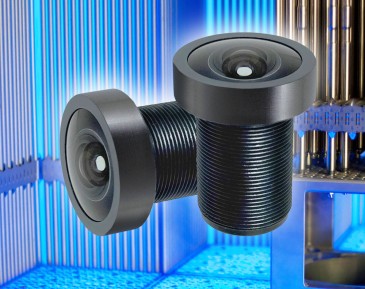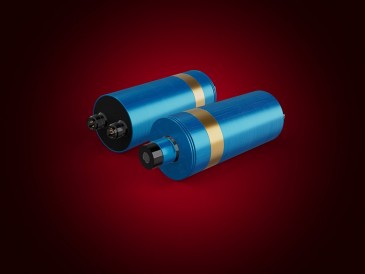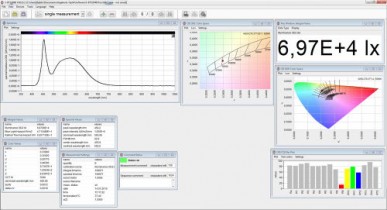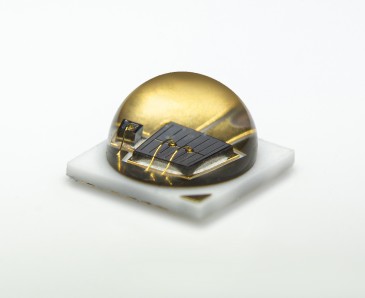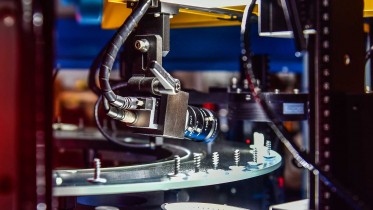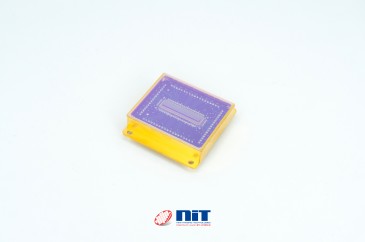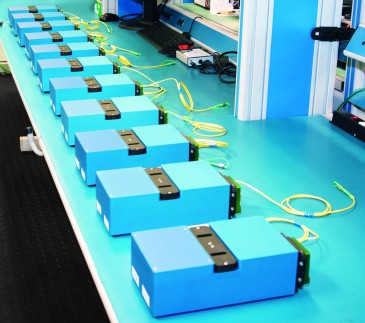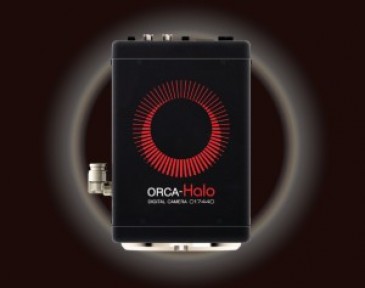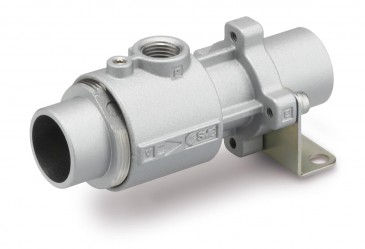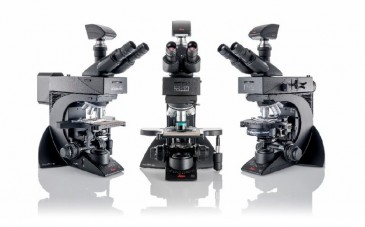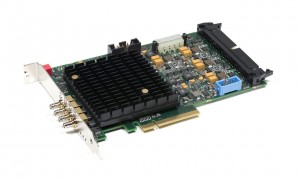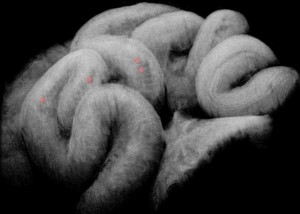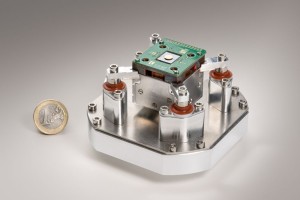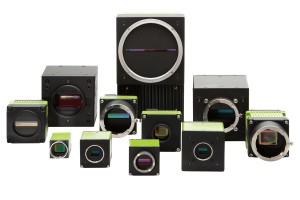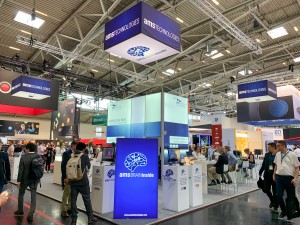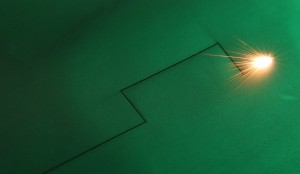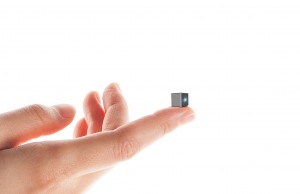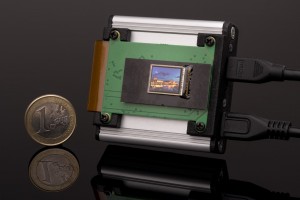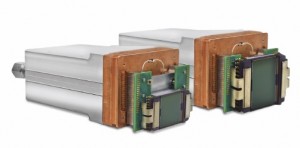
High-precision scientific imaging and spectroscopy equipment manufacturer Princeton Instruments has introduced two large-format in-vacuum CCD cameras, engineered specifically for direct detection in VUV, EUV and X-ray imaging applications from ~10 eV to 30 keV.
Rated at 10-9 Torr, the new Princeton Instruments PI-MTE3 cameras are designed for applications such as X-ray microscopy, X-ray spectroscopy, X-ray phase contrast imaging, X-ray diffraction, deep-UV lithography and semiconductor metrology. An offset CCD detector provides close access to samples for small-angle X-ray scattering (SAXS) and low-grazing-incidence applications.
PI-MTE3 2048B and 4096B camera models utilize 2k x 2k (30.7 mm x 30.7 mm) and 4k x 4k (61.4 mm x 61.4 mm) back-illuminated CCDs, respectively, to offer >95% peak quantum efficiency. Due to their four-port readout architecture, these new, low-noise, 16-bit cameras provide frame rates up to 7x to 10x higher than previous-generation two-port cameras.
The cameras’ efficient liquid cooling results in low dark current, facilitating long integration times, whereas an advanced thermal design permits 24/7 operation in-vacuum. Princeton Instruments ensures optimum PI-MTE3 application performance and reliability by conducting 100% in-vacuum testing, including cables and cooling tubes.
PI-MTE3 cameras are supported by Princeton Instruments’ 64-bit LightField imaging and spectroscopy software, available as a system option. LightField provides user enhancements, including a powerful built-in math engine to perform live data analysis as well as real-time flatfield and background correction. LightField also permits direct control from third-party packages, such as LabVIEW (National Instruments), MATLAB (MathWorks), Python (PSF) and EPICS synchrotron software.






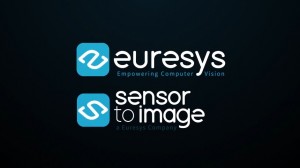

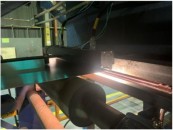





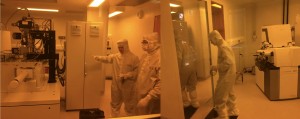
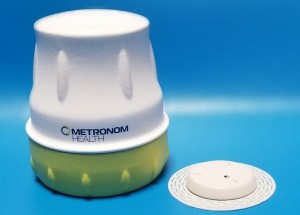


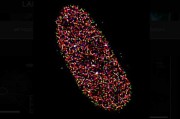
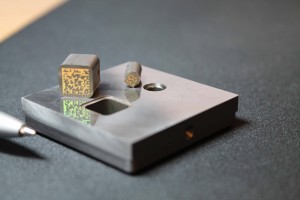
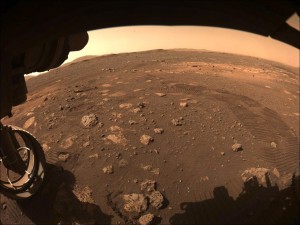
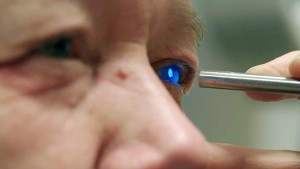
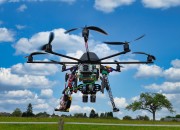
 Back to Products
Back to Products